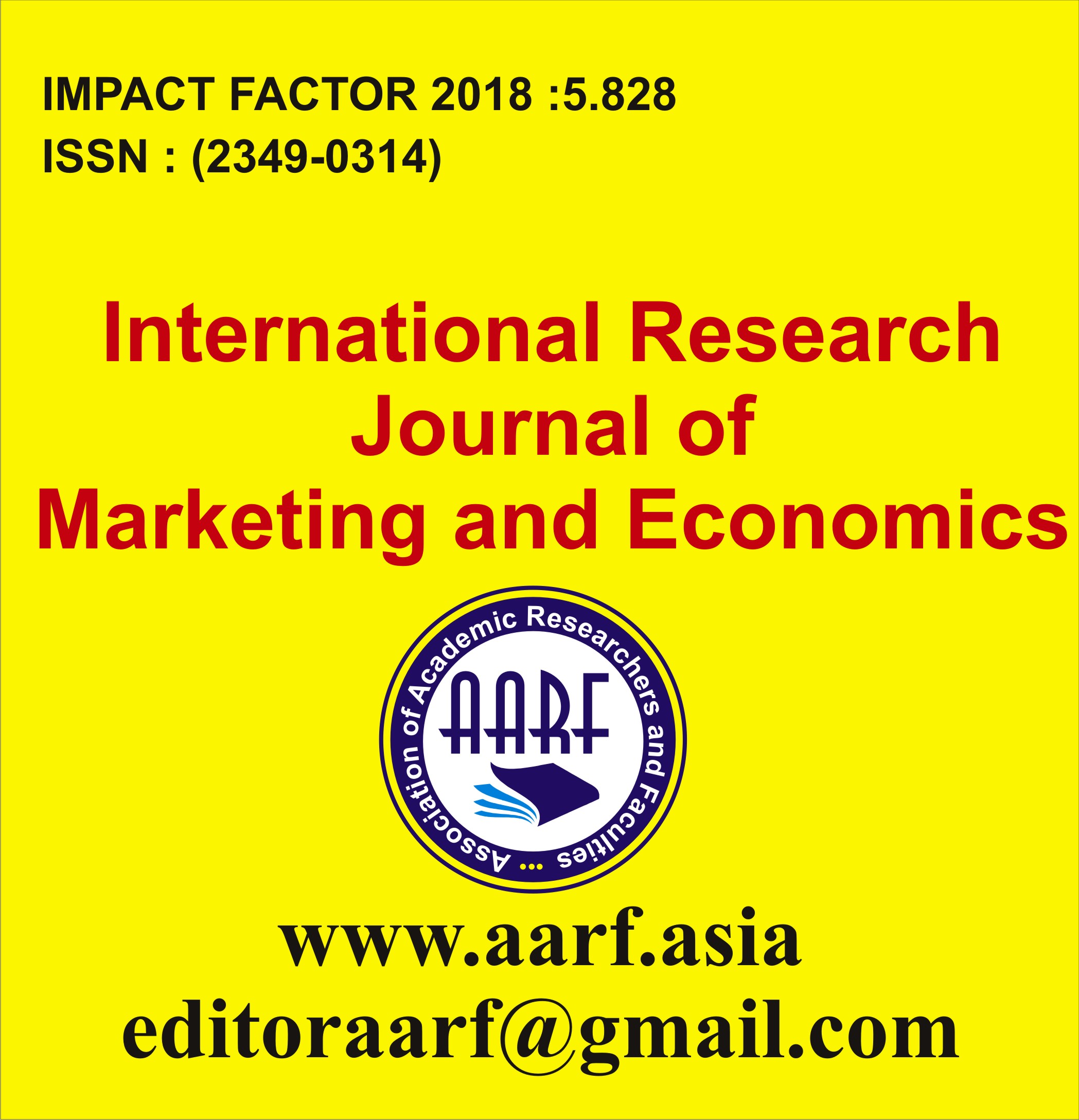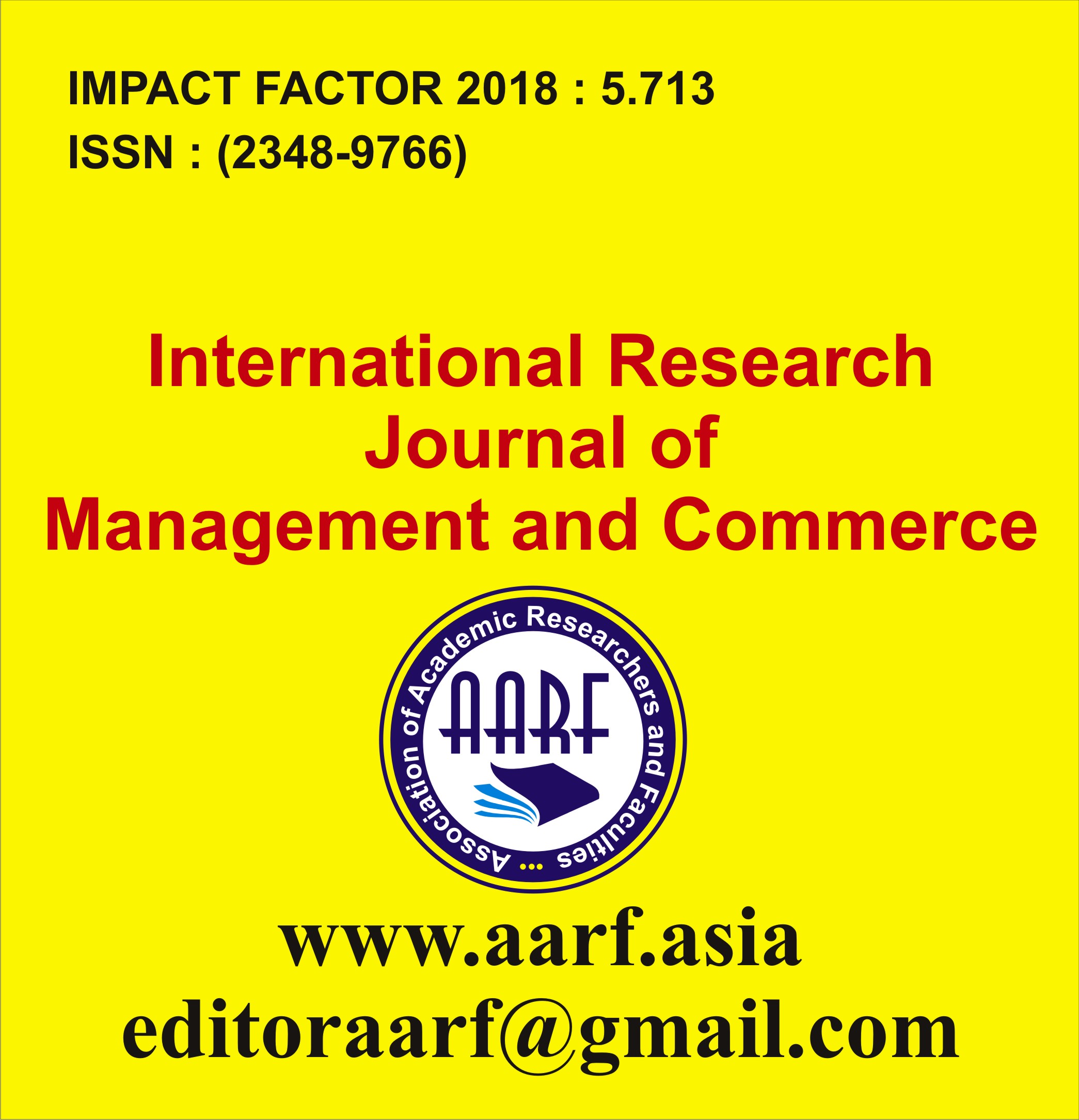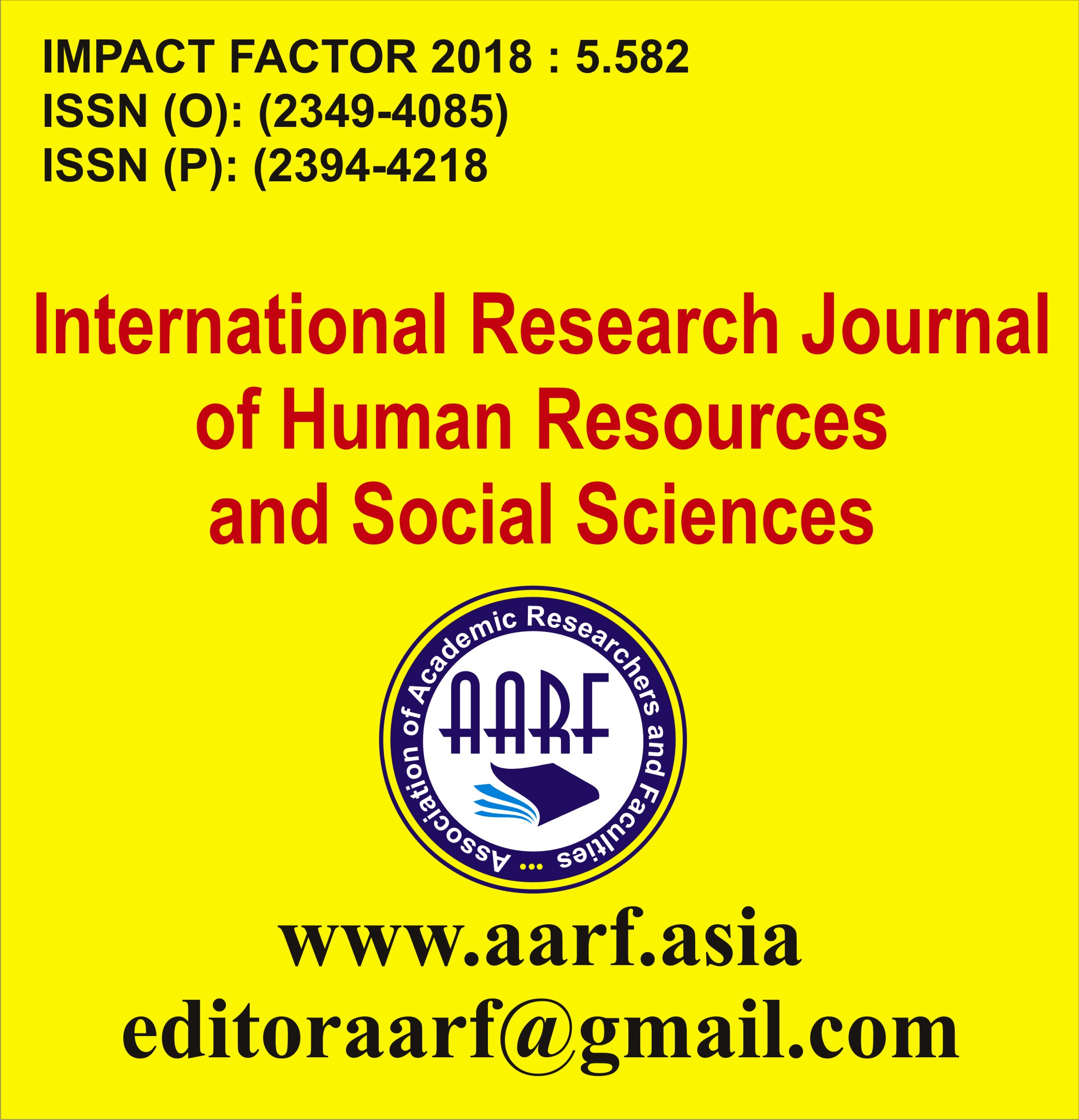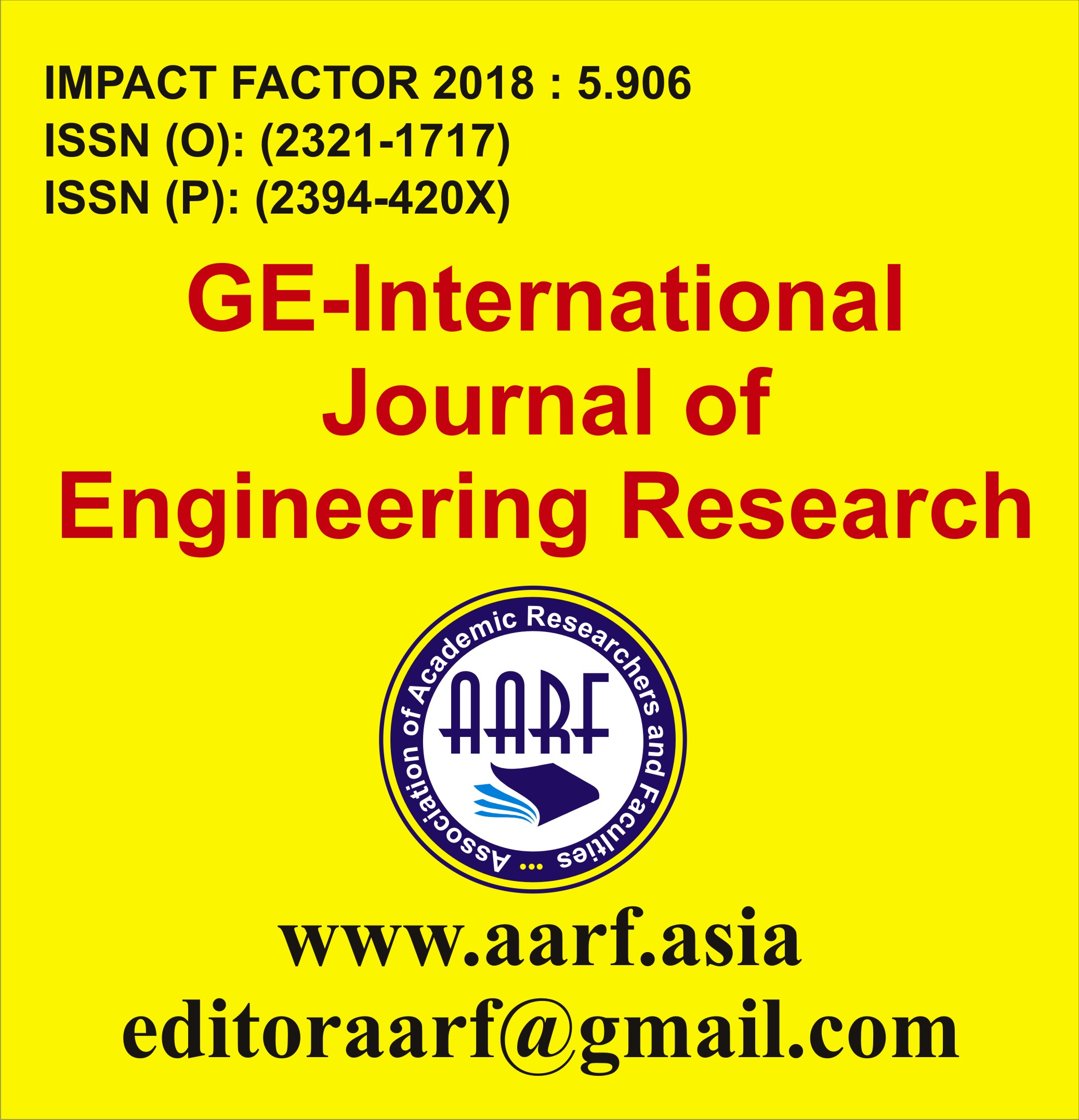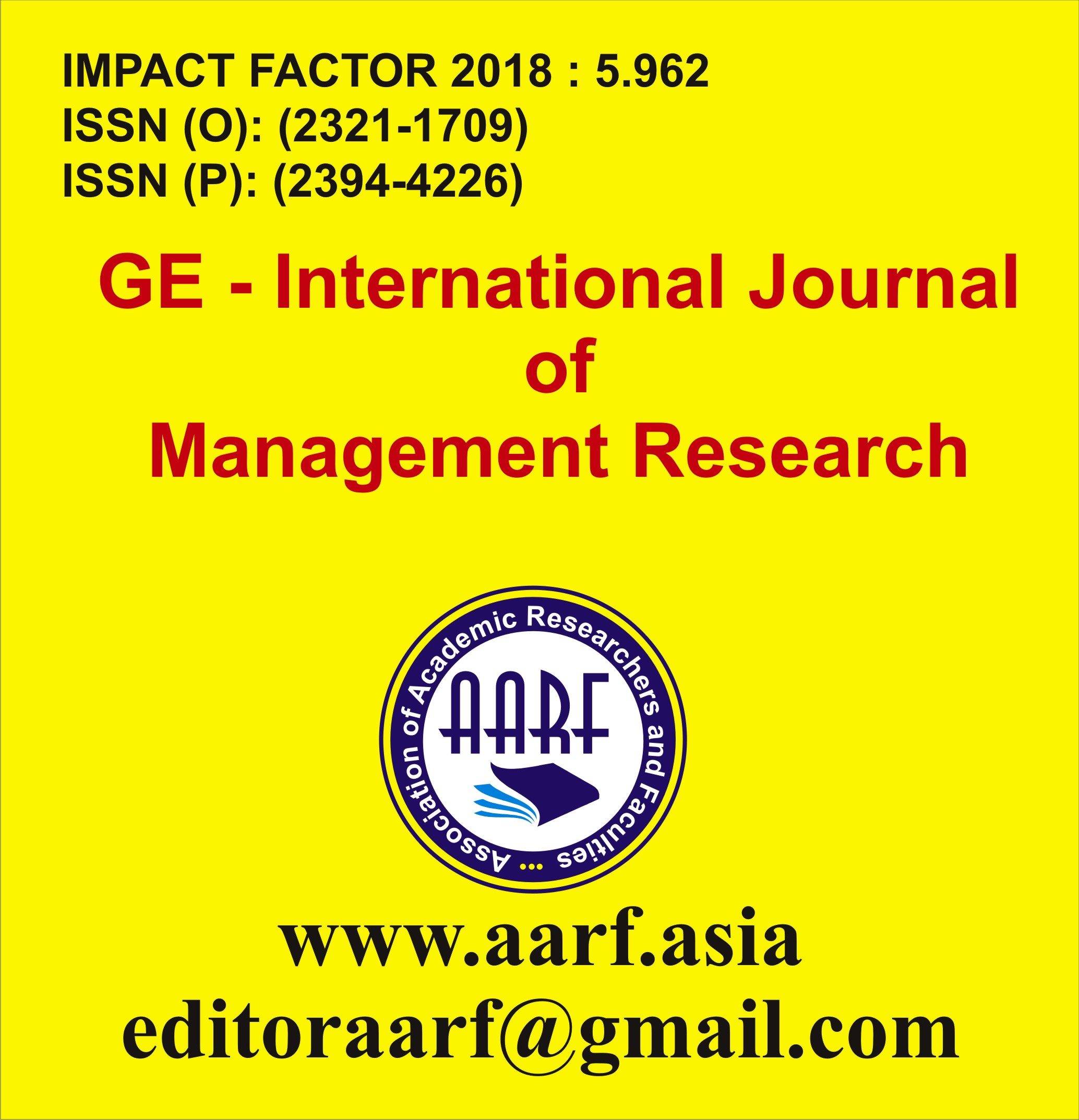
- Current Issue
- Past Issues
- Conference Proceedings
- Submit Manuscript
- Join Our Editorial Team
- Join as a Member

| S.No | Particular | Page No. | |
|---|---|---|---|
| 1 |
DR. G. G. PARKHEAbstract: |
|
1-5 |
| 2 |
MILIND DIGAMBER KULKARNIAbstract: |
|
6-9 |
| 3 |
1. SAWANT V. K. 2. PUND R. B. 3. SANGEETHA J. S. 3. KAD P. D. 4. NITNAWARE K. MAbstract: |
|
10-16 |
| 4 |
MS. MINAL BABAN MEHETREAbstract: |
|
17-18 |
| 5 |
1. DR. SHARAD B.KAPHALE , 2. PROF. MISS ASHWINI GAIKWADAbstract: |
|
19-23 |
| 6 |
1. WADEKAR P.S. 2. KAD P.D, 3. NITNAWARE K.M, 4. PUND R.B, 5. SANGEETHA J. SAbstract: |
|
24-28 |
| 7 |
Dr. Madhu MehraAbstract: |
|
29-40 |












